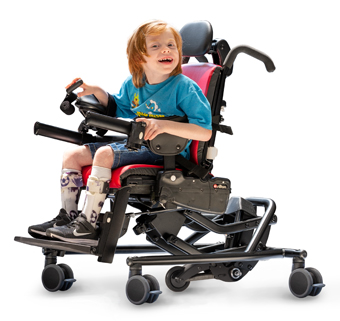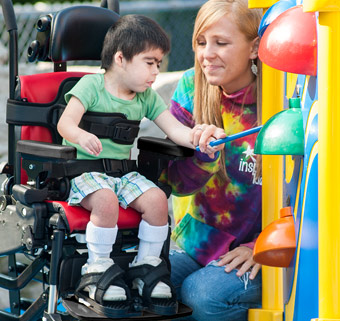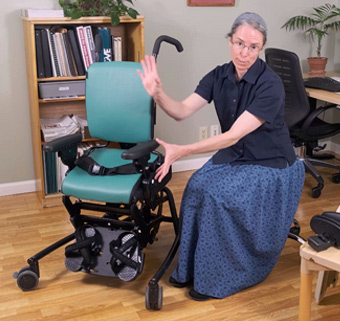Active seating improvements you asked for
Introducing the directional assist wheel, making navigation smoother with the addition of a fifth wheel. Retrofittable on all medium and large Rifton Activity Chairs, this innovation ensures seamless forward movement at all times without sacrificing maneuverability.
One chair, many lives
Therapists everywhere tell us the Activity Chair is the ideal adaptive seating for special needs, perfect for feeding, speech therapy, active learning and for clients with sensory processing challenges. Parents also see what this positioning chair can do for their child in the classroom and realize how much they need it at home.
The Rifton Activity Chair has revolutionized the concept of a special needs activity chair, offering active seating that adapts to people of all shapes and sizes, conditions, and unique needs.
Download the Activity Chair brochure.
Download the Activity Chair positioning checklist.

The Benefits of Adaptive Seating
- Tool-free adjustments while the client is in the special needs activity chair.
- Wide range of optional components available to create an adaptive chair, providing customized active seating for your client – whether in early intervention, school, home, rehab or day hab. From clients with autism to those with more involved physical challenges such as cerebral palsy, the Activity Chair offers unmatched flexibility.
Two Chair Base Options:
- Hi/lo activity chair base for easy transfers, optimal positioning and instant access to any activity.
- Standard base for regular classroom use and ideal for students with autism who benefit from calming, self-generated motion.
Use Cases for Special Needs Activity Chairs
The Rifton Activity Chair is designed to support children and adults with a wide range of needs across different environments.
- As a special needs feeding chair, it offers positioning and support for safe and comfortable mealtimes.
- In therapy settings, it functions as an adaptive seating solution for speech, occupational, and physical therapy.
- In classrooms, the chair serves as a positioning chair that promotes active learning and participation.
- At home, it provides families with a versatile adaptive chair for everyday routines and calming sensory support.
Features of the Adaptive Activity Chair
Use the slides below to learn more about the features of the Activity Chair, designed to support adaptive seating for special needs.
- 1 Tool-free adjustments
- 2 Adjust with client in the chair
- 3 Tilt-in-space
- 4 Spring option
- 5 Arm support options
- 6 Hi/lo base foot pump
- 7 Caster swivel lock
- 8 Choice of 6 pad colors
- 9 Standard base leg options
- 10 Universal device mount

Components for Adaptive Seating
Use the slides below to learn more about the components of the Activity Chair.
Note: All components fit both hi/lo and standard bases, ensuring versatility across every adaptive seating setup.




















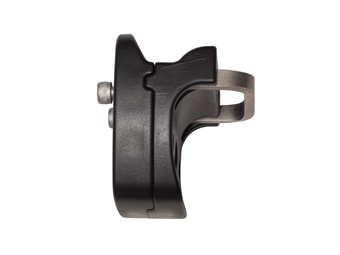

Sizes and Dimensions for Positioning Chairs
Use the dimensions chart below to help you make the right choice for your client.
Want to make sure it fits? Download a detailed chair sizing worksheet.

The user’s overall height is a general guide to help you select the appropriate positioning chair. Choose the model that allows for growth.

Product Resources for Adaptive Chairs
Learn more about the Activity Chair using the resources below.
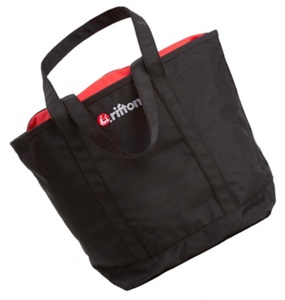
Downloads







